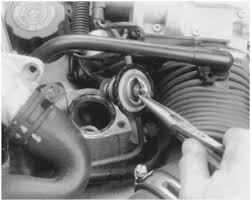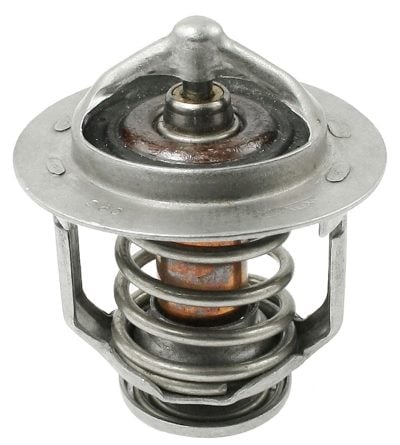What does a car thermostat actually do?
Alright, so you’re wondering what your car’s thermostat actually does? It’s one of those small parts that flies under the radar – until it doesn’t. Basically, the thermostat is like the traffic controller for your engine’s coolant. It decides when to let coolant flow through the engine, and when to hold it back. If the thermostat stuffs up, you could end up overheating on Avalon Drive after work, or freezing your engine on those foggy winter mornings around Cambridge or Tamahere. Not good either way, trust me.
Your car needs the right engine temp to run sweet. Not hot enough and you’ll burn more fuel, plus the heater’s useless when it’s chilly out near Matangi. Too hot, and you’ll see that temperature gauge shoot up just when you’re stuck behind a bus on Ulster Street. That’s all down to the thermostat working (or not working) as it should.
Learn more about how the cooling system works
When should you change it?
Thermostats normally last a fair whack, but they don’t last forever. Over time, they get jammed open or shut – seen this heaps especially on older Mazda Axelas, Honda Fit Hybrids, or even a few BMW X1s from around 2010. If it’s stuck shut, no coolant sails through, your engine overheats, and it can cook itself quicker than you’d think. If it’s stuck open, it’ll run cold, use too much fuel and chug along like an old tractor down Forest Lake Road. For most cars, best to swap the thermostat when you’re already in there changing the cambelt, or every 100,000 Ks, especially if you’re hammering lots of short trips in and out of Te Awamutu or Morrinsville.
What are the signs your thermostat’s gone dodgy?
- Engine running hot – If that temp gauge climbs up while sitting in Hamilton East traffic, especially right after leaving Hillcrest, you might have a stuck thermostat.
- Engine never warms up – Takes forever to get heat into your Suzuki Swift or Nissan Tiida, or it stays cold running errands to The Base, even after 20 minutes.
- Lack of go and poor fuel economy – Too much coolant messing with engine temp, you’ll feel it lag and use more juice. Had one lady with a Peugeot 308 ask why she barely made it to Ohaupo before her engine just wouldn’t pull up hills.
- Coolant leaks – Noticed a little puddle after you park in the driveway in Rototuna? Sometimes, dodgy thermostat housings leak when they’re on the way out. Worth having one of our techs take a look.
Coolant leak repairs in Hamilton
Where’s the thermostat hiding?
You’ll usually find the thermostat tucked into a metal housing, bolted to the engine block or near the cylinder head. Sometimes it’s up top where the big radiator hose connects, sometimes down low, close to the water pump. Seen plenty on Toyota Corolla Altis engines right at the front, while some VW Passats have them way round the back (bit of a squeeze without the right tools!). If you’re unsure, just ask when you’re next in for a car service Hamilton – we’ll show you where it lives.
Can you drive with a crook thermostat?
Honestly, I wouldn’t risk it too long. If it’s stuck open, you might get by for a bit, but your engine won’t be running right, especially on those chilly winter runs to Raglan or crawling over the speed bumps in Nawton. If it’s shut, don’t even think about it. You’re asking for a cooked engine and a nasty bill. Rather get it sorted straight away, bit of preventative maintenance saves a world of pain down the track.
Need a thermostat fixed or replaced?
If you think your car’s thermostat is up to no good, or just want someone experienced to check over your cooling system, come see us at Grimmer Motors. Our team will suss out if the thermostat’s the culprit and get it replaced if needed. Simple as. Whether you’re running a Honda Odyssey or a Skoda Octavia, we’ll get you back on the road with no dramas and peace of mind as you head over Cambridge Road or into the city for your WOF Hamilton check.


